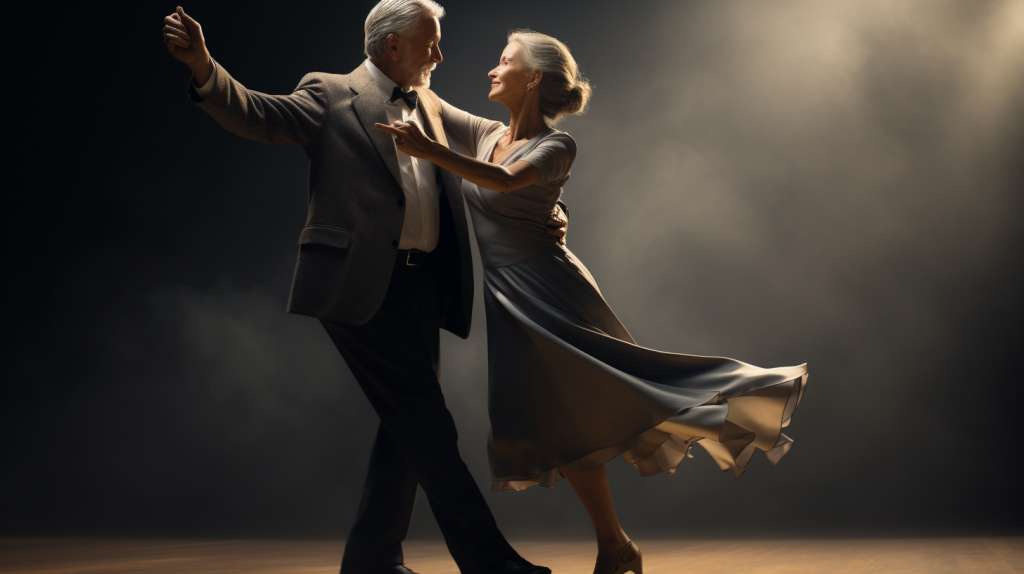Geschatte leestijd: 3 minuten
Dancing proves to be a good method for keeping the brain strong and healthy. According to recent research, dancing has a greater effect on the brain than cardio training.
Dance, dance, dance…
I’ve previously written about cardio for better memory, running against dementia, and learning a foreign language while cycling. The link between physical fitness and mental fitness has been described before, particularly in older adults, where it may protect against age-related brain damage. However, not everyone feels like suddenly leading a healthy life and signing up for a gym membership in old age. Even the obligatory bike ride can feel more like an obligation than relaxation in Dutch weather.
So, it’s good news that dancing may have an even greater positive effect on the brain than cardio. Researchers from the German Center for Neurodegenerative Diseases compared the effects of cardio and dancing on the brain [1]. Both led to enlargement of areas in the brain that shrink with age, but only dancing led to improvements in balance. The results were published in
Frontiers in Human Neuroscience.
For the study, volunteers with an average age of 68 were selected. They were divided into two groups, both of which received a weekly activity for 18 months. The first group received cardio and flexibility training, while the other group learned dance choreographies. In total, 26 participants completed the one-and-a-half-year study. Before and after the study, the size of the hippocampus was measured using MRI. This area decreases in size with age and can be affected by diseases like Alzheimer’s. The hippocampus also plays an important role in memory, learning, and balance.
In both groups, the size of the hippocampus increased, particularly the left part. However, dancing resulted in growth in specific parts of the hippocampus that cardio and flexibility training did not affect. Tests after 18 months showed that only dancing had improved balance.
An important difference between the two activities was the fact that a new choreography in different genres was learned weekly during the dance group, while the training was repetitive. During the dance lessons, participants had to continuously try to remember new movements and formations. This extra challenge compared to the training is believed by the researchers to be the cause of the improvement in balance.
“I believe that everybody would like to live an independent and healthy life, for as long as possible. Physical activity is one of the lifestyle factors that can contribute to this, counteracting several risk factors and slowing down age-related decline. I think dancing is a powerful tool to set new challenges for body and mind, especially in older age.
Dr. Kathrin Rehfeld
Getting and Keeping Moving
The results of the study present a nice remedy against the vicious circle of aging; moving becomes more difficult, so you move less, making you even less mobile. However, dancing is a low-threshold activity that people are easily motivated to do and carries a low risk of injury as long as you know your limitations. After all, we’ve all seen the fail videos of drunk people at weddings who suddenly forget they’re not 16 anymore.
Learning choreographies can also provide a lot of satisfaction. The satisfaction that every new skill can bring. You can do something you couldn’t do this morning and look forward to learning more. A powerful vaccine against nodding off, especially if you crank up the volume.
References
- Kathrin Rehfeld, Patrick Müller, Norman Aye, Marlen Schmicker, Milos Dordevic, Jörn Kaufmann, Anita Hökelmann, Notger G. Müller. Dancing or Fitness Sport? The Effects of Two Training Programs on Hippocampal Plasticity and Balance Abilities in Healthy Seniors. Frontiers in Human Neuroscience, 2017; 11 DOI: 10.3389/fnhum.2017.00305

